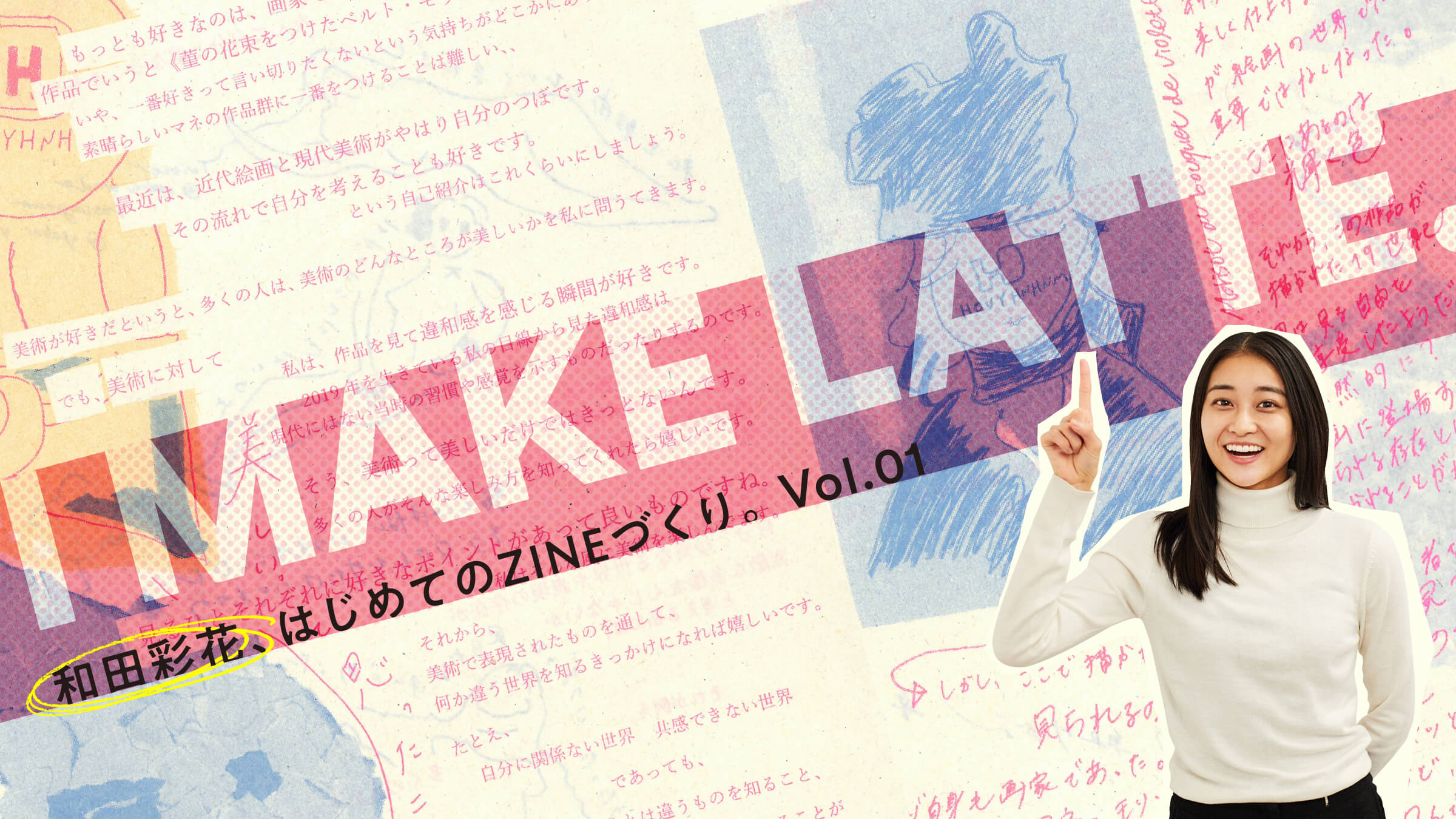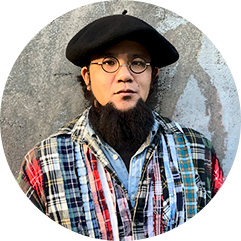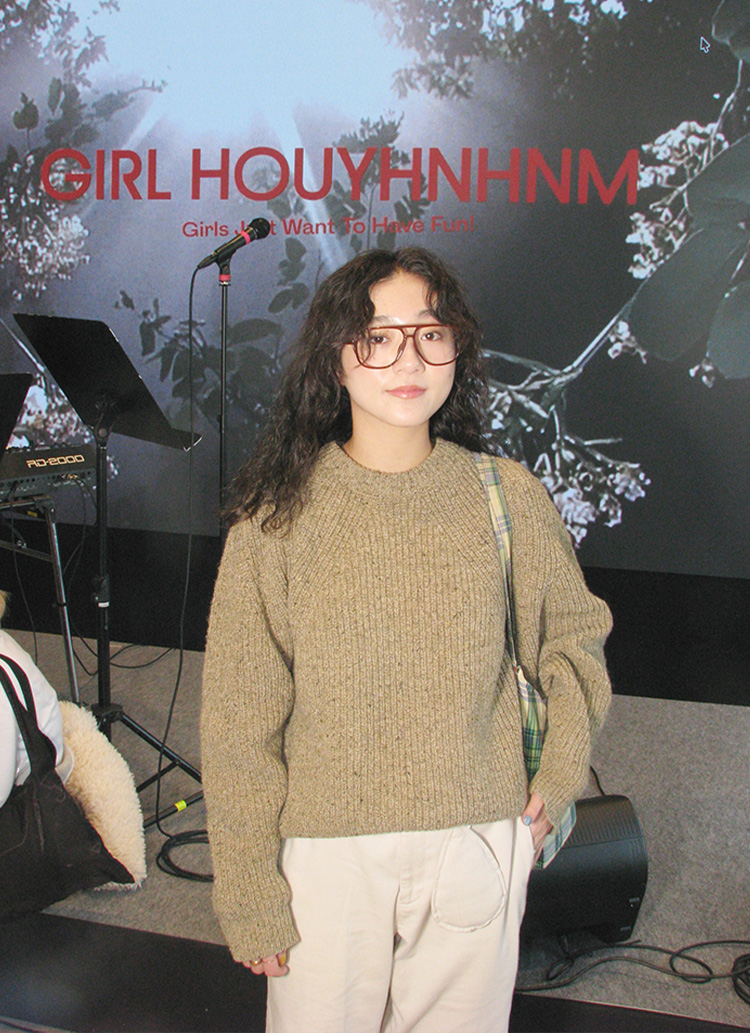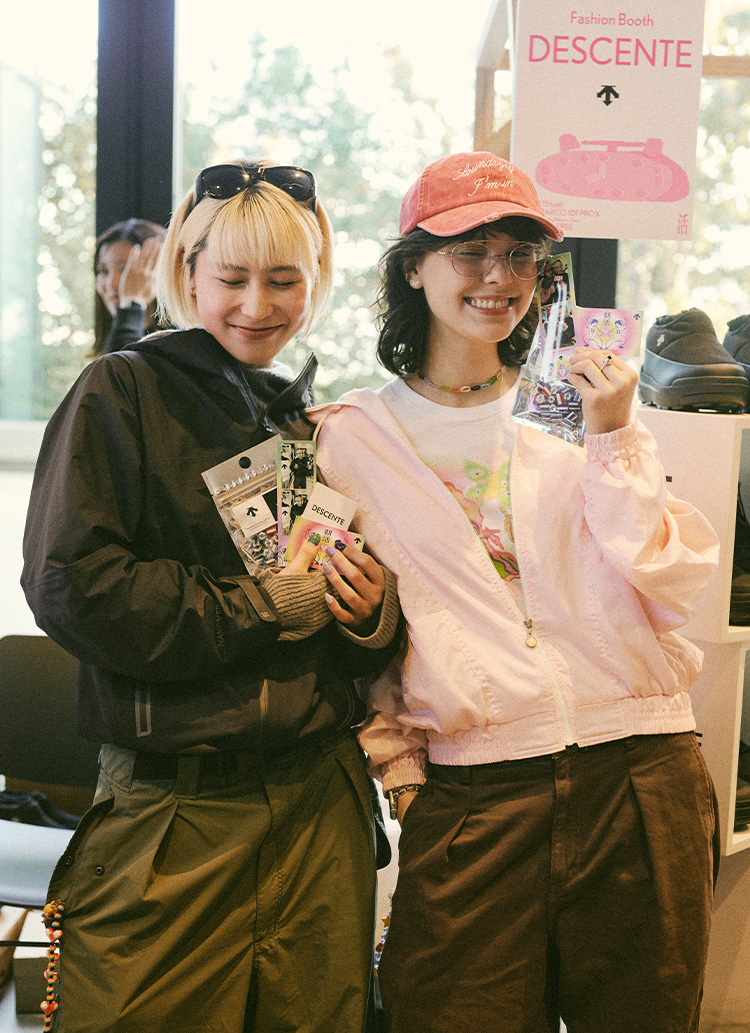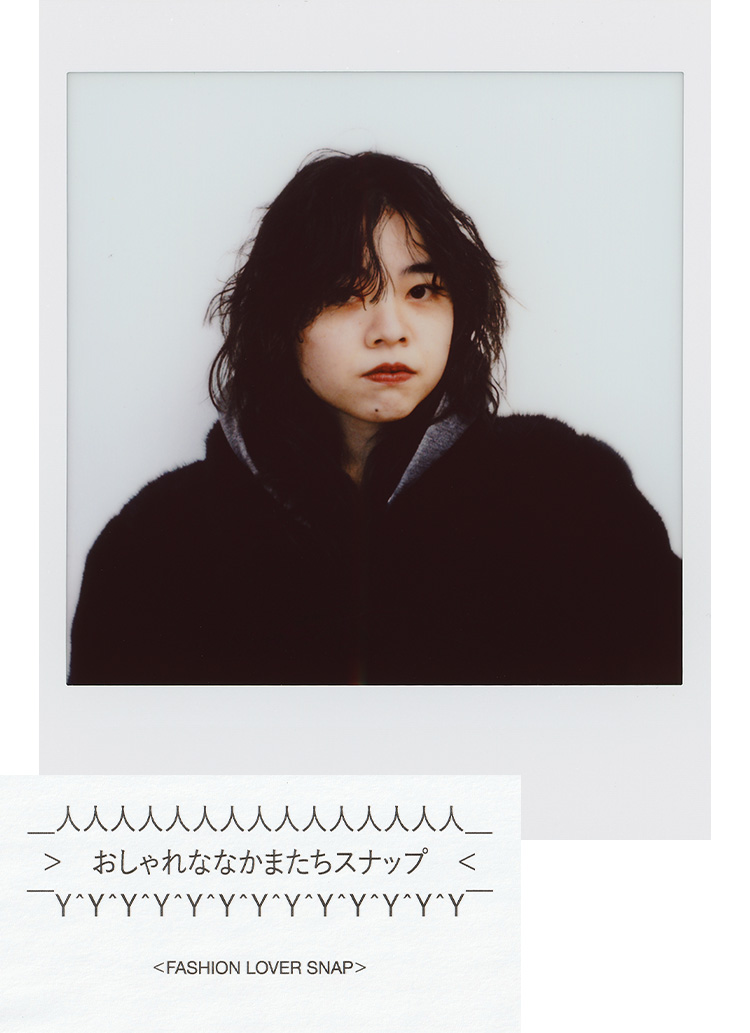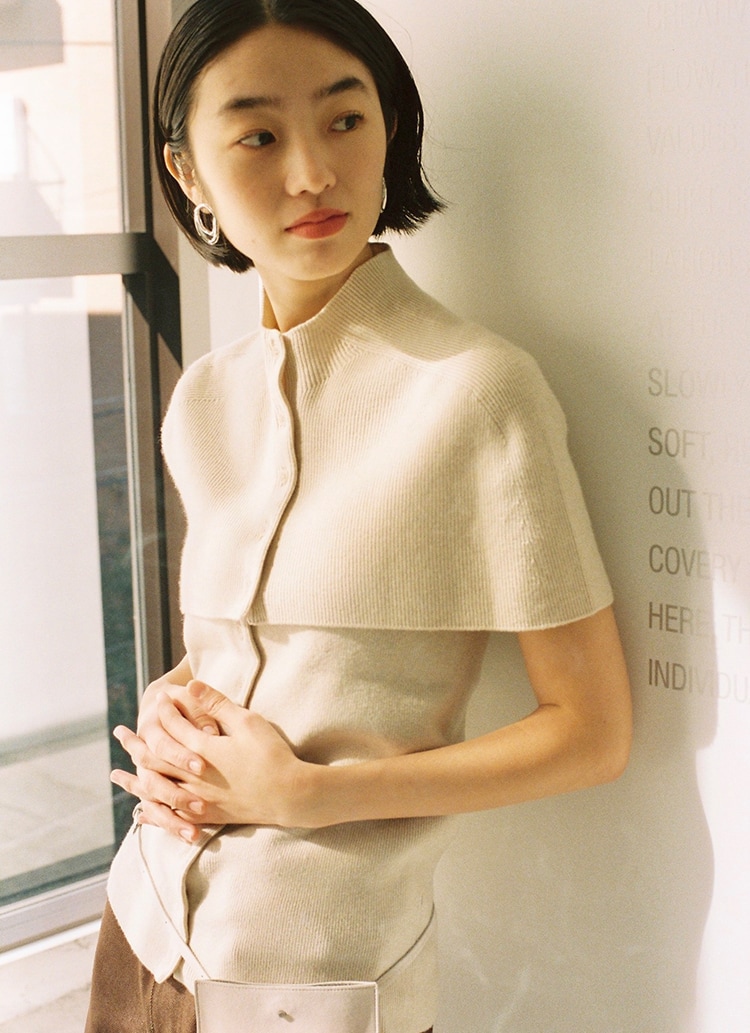Risographs are kind of like prints handed out in elementary school.


This is the raw manuscript. As mentioned in the explanation, in order to express the unique hand-drawn atmosphere of the chigiri-e texture and the light and shadow of the illustrations, the actual printing was done by rho-graph on straw paper.

And here is the actual printing on straw paper. The coarse-grained printing gives the paper a deep and tasteful look. The pink text, which was specified in a special color, also pops and is fun.
Today, I also brought with me an actual printed version of this raw manuscript.
Wada:What kind of printing is this?
The printing technique used is called lithograph, which is characterized by its coarse grains and grazing, allowing for the expression of shades of color that have a handmade feel.

Wada:It kind of reminds me of the handouts that were handed out in elementary school.
Ah, very perceptive! It is the same type of galley printing used in schools in the Showa period (1926-1989). In addition, this paper is also made from the same paper that was often used in elementary schools.
Wada:Wow, the paper is so thin that you can see through to the back side. That's very interesting!
Since we are here, please explain the "Overture" side.
Wada:Also painted on the right page is "Berthe Morisot with a Bouquet of Violets" by Manet, as well as the "Finam" side. She is painted facing forward, and the viewer's eyes meet hers. I like that very much, because this is not the way people of this period were usually depicted. I also expanded my thinking on the idea of the gaze, and used the text to show the existence of a gaze different from the "audience gaze" that I was aware of as an idol on stage, and the way I dealt with my emotions as a countermeasure to that gaze. The following is a text of how I dealt with my emotions.
I'm sorry, but I can't see it on the printout, but there is a correction on line 10 of the right page, isn't there?
Wada:The word "shithead" was actually written at the end of the sentence. I put a piece of paper over it so that it would be visible through it, but unfortunately it is no longer visible on ....... It's a pity that it is no longer visible. That was the image I had in mind. I wrote a series of poems based on my experiences and thoughts about the line of sight, flowing from the left page to the right page.

What is this illustration?
Wada:The two paintings above are "The Birth of Venus" by Cabanel and "Olympia" by Manet. Manet painted the goddess of beauty in accordance with the rule of the 19th century that "when painting the female nude, it must be done in the context of a mythical worldview. This was controversial, but Manet's painting destroyed the rules and values of the time and revolutionized Western painting itself.
What about the bottom two?
Wada:On the right is "Nana" by Manet, which also depicts a prostitute. The other is "Ophelia" by Millet (Ophelia is a character in William Shakespeare's play "Hamlet"). I am not familiar with this work, as I prefer modern French paintings, but I like the expression of the pretty girl.
You say that both works depict imaginary women and real women side by side. This contrasting structure is similar to the "Finam" side. If you read this article together with the current issue of "Overture," it will be clear to readers (laughs).

Now, the next one is at the end of March. Is there any technique of expression you would like to try in the future?
Wada:I would like to try my hand at photo collage. At the end of March, my first solo tour "Ayaka Wada Live Tour Mae 2021 - What's beyond this feeling? I think I have plenty of material to work with.
That's interesting. You are outputting your feelings and emotions after a live performance in a form of a self-report in a zine.
Wada:That's good. I also took pictures of the beautiful lighting on the stage. Even at this stage, I can see a lot of things I want to express in the zine, and once rehearsals get underway, I think it will be ready soon!
Now, please look for a story and a plan for the next one!
PROFILE

Ayaka Wadalychee
Born on August 1, 1994 in Gunma Prefecture, Japan. Idol.In April 2009, she was selected as an initial member of the idol group "S/mileage" (, which later changed its name to "Angulum" ), and became its leader. In May 2010, she made her major label debut with "Yumemiru 15sai" and won the Best New Artist Award at the 52nd Japan Record Awards. In parallel with her idol activities, she went to college and is currently studying art at a graduate school. Her special skill is talking about art. Her favorite painter is Edouard Manet. Her favorite work is "Berthe Morisot with a Bouquet of Violets. Particularly likes ( and is good at ). His fields of art are modern Western painting, contemporary art, and Buddhist statues. His hobby is to touch art.
Web:wadaayaka.com
Twitter:@ayakawada
Instagram:@ayaka.wada.official
Ayaka Wada Live Tour Mae 2021-What's beyond this feeling? -Ayaka Wada
February 24, 2020 (Mon., holiday) Zepp Nagoya (Nagoya) Doors open 17:00 Concert begins 18:00
March 7, 2020 (Sat) Zepp Osaka Bayside (Osaka) Doors open 16:30 Concert begins 17:30
March 12, 2020 (Thu) Zepp Tokyo (Tokyo) Doors open 18:00 Concert begins 19:00
General Ticket Sales: Saturday, January 25, 2020
- 1
- 2


